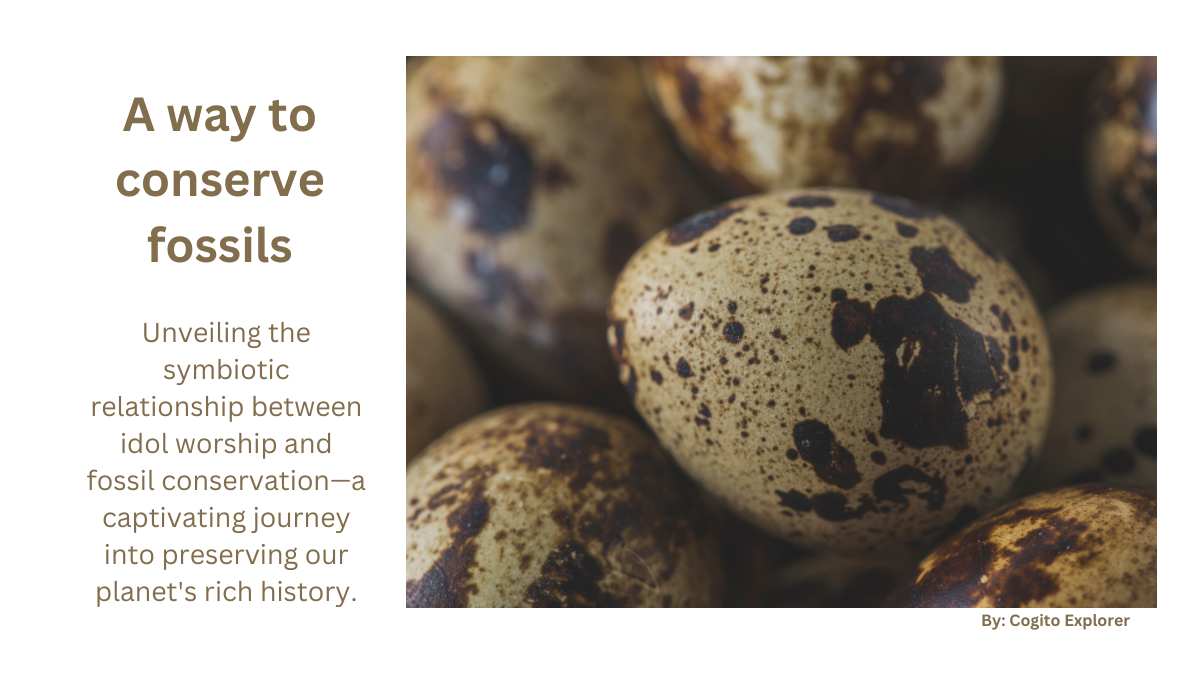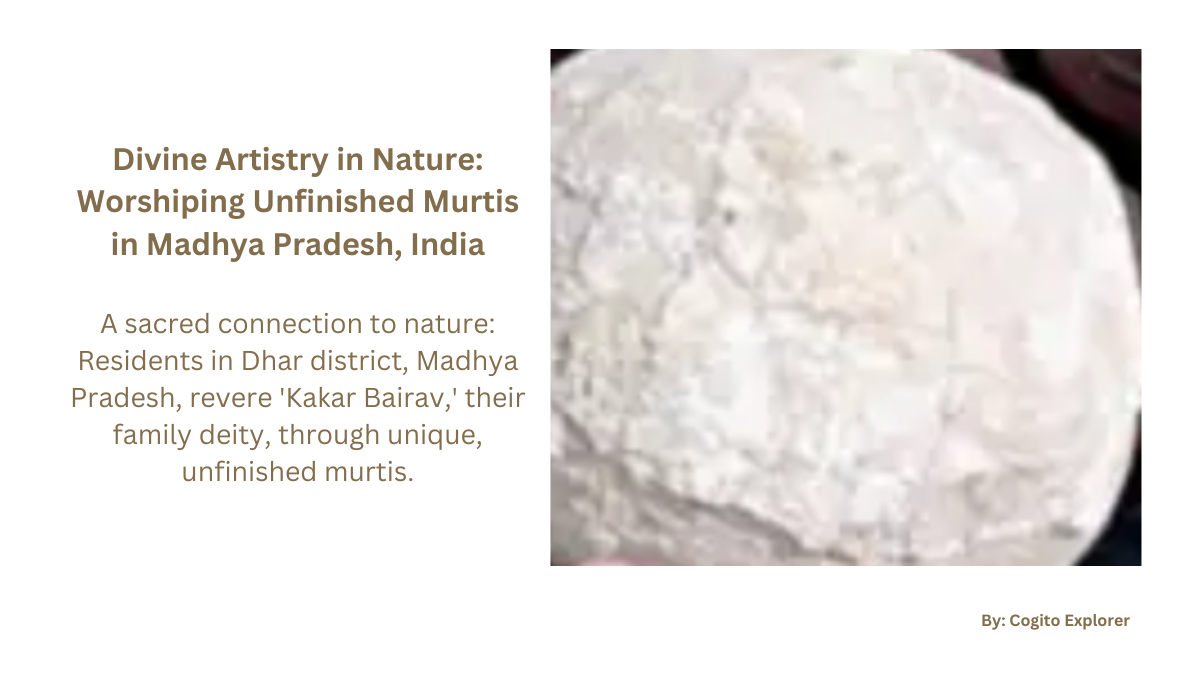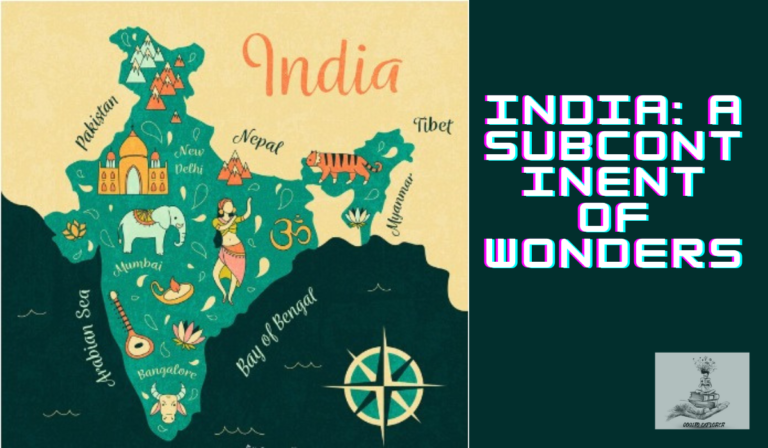Worshiping idols: A way to conserve fossils
Stones worshipped for centuries are in reality eggs from the Jurassic World, the dinosaur eggs.

The practice of idol worship involves the veneration of physical representations of deities. It began with early human societies attributing spiritual significance to natural objects. In ancient Mesopotamia, Egypt, and India, the worship of statues and images became prevalent. The evolution of idol worship illustrates diverse cultural, theological, and historical contexts, showcasing how societies engage with the divine through tangible representations over millennia.
In Hinduism, sacred images known as murtis represent deities, are worshipped and worshippers engage in rituals to seek blessings. These murtis aren’t always finished artwork, sometimes deities are represented by exotic natural substances. One such instance is from Madhya Pradesh, India. The residents of Dhar district had been worshipping their family deity (Kuldevta) ‘Kakar Bairav’ for centuries. The deity is worshipped through stone balls with figures carved on them. A recent study by researchers from Sahni Institute of Paleosciences, Lucknow revealed the true nature of these stone balls. These are determined as fossiled eggs of Titanosorous, a dinosaur species from the Cretaceous period.

Dinosaur Fossil National Park Bagh of Dhar was previously in the news for the discovery of double-shelled (egg in egg) dinosaur eggs a phenomenon previously discovered in bird species only. More than 250 eggs have already been discovered in various locations in the area, suggesting it was once the abode of dinosaurs. In conversation with the news agency PTI, Vishal Verma a member of a research team from the University of Delhi said “The eggs were found from the estuary formed at a place where the Tethys Sea merged with the Narmada when Seychelles had broken away from the Indian plate. The separation of Seychelles had led to the incursion of the Tethys Sea 400 km inside the Narmada Valley,”
The fossils are thought to date from when the Deccan Trap was developed. This volcanic activity occurred during the Late Cretaceous period, approximately 66 million years ago. The development of the Deccan Traps is associated with one of the major geological events in Earth’s history, coinciding with the mass extinction event. The famous asteroid fell at this time, marking an abrupt end to the dinosaur era.
Well, the idea of worshipping idols was to give physical embodiments to unexplained forces and phenomena. The selection of exotic natural substances for such embodiments reflects a thoughtful and meaningful approach. Blending cultural practices with an appreciation for the Earth’s diverse elements. Parallely it instills cultural reverence for geological history. The above case is also in line with the aforementioned notion. Furthermore, it reinforces the idea that patterns observed in similar instances underscore the validity of this concept, offering additional support for the proposed theory.







